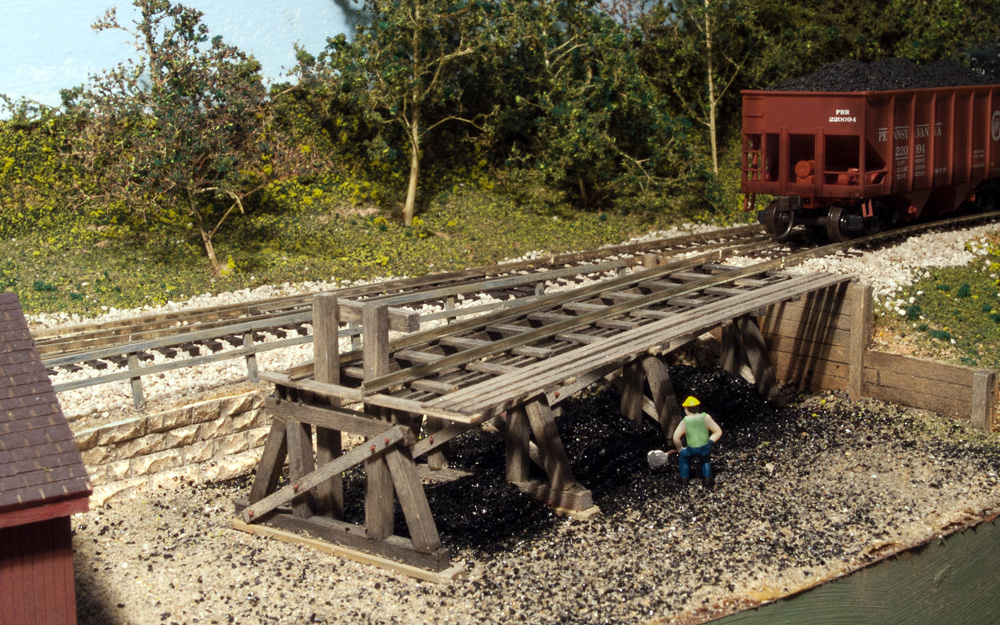
Q: I need some ideas for compact industries that receive coal. Though modeling coal mines on a layout seems a popular topic, what about the coal’s destination? The coal needs to go someplace unless it just disappears into staging. Steel foundries, shipping ports, and power plants seem typical, but these require a lot of layout […]
Read More…
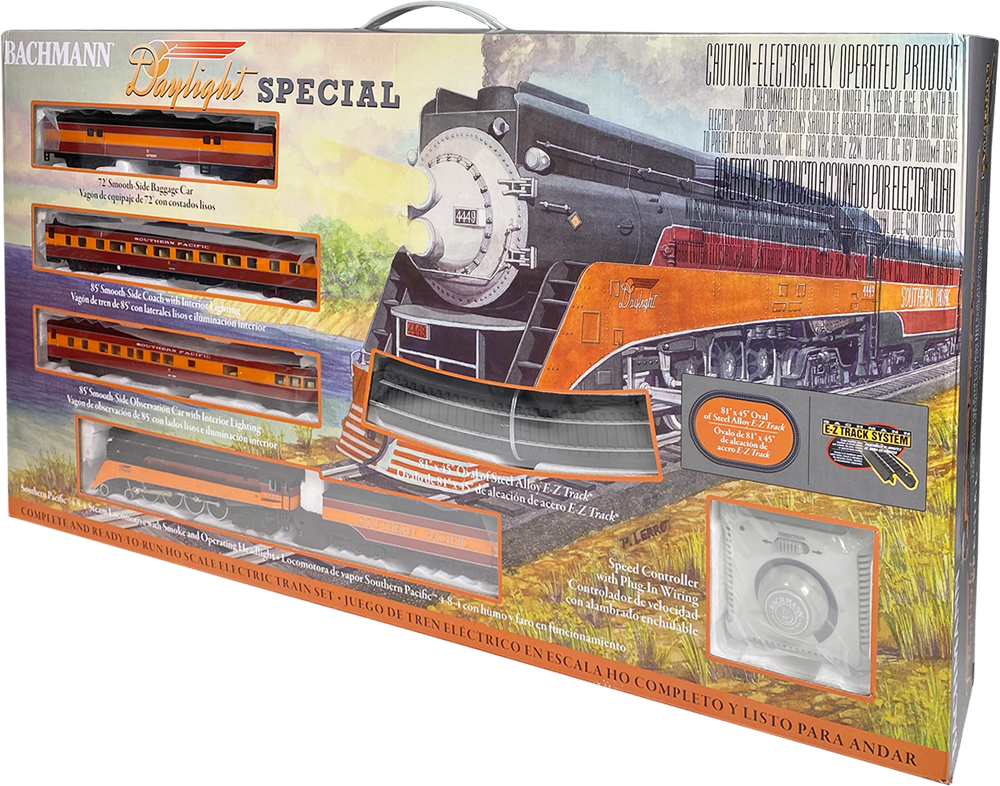
If you’ve read Model Railroader magazine for any length of time, you’ve probably noticed the hobby journey for many of our authors started with a train set. For baby boomers, born between 1946 and 1964, the set was often produced by Lionel or American Flyer. Fast forward a generation or two, and those sets were […]
Read More…
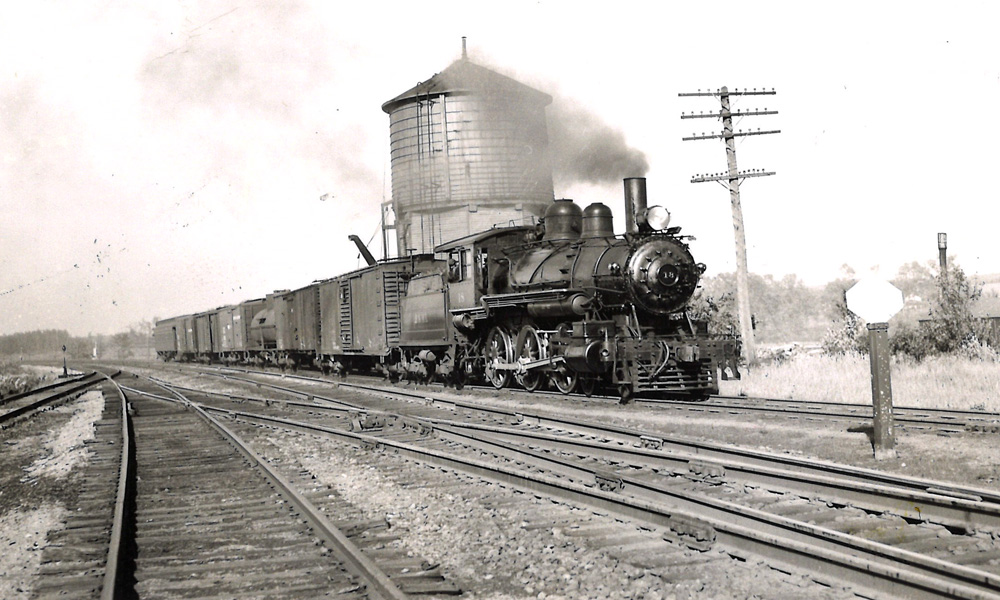
Q: I’m interested in modeling a Maine short line in HO scale. What can you tell me about the Belfast & Moosehead Lake RR in the steam era? – Joel Norman A: The Belfast & Moosehead Lake looks like a great subject for someone interested in modeling a Maine short line, especially if you’re intrigued […]
Read More…
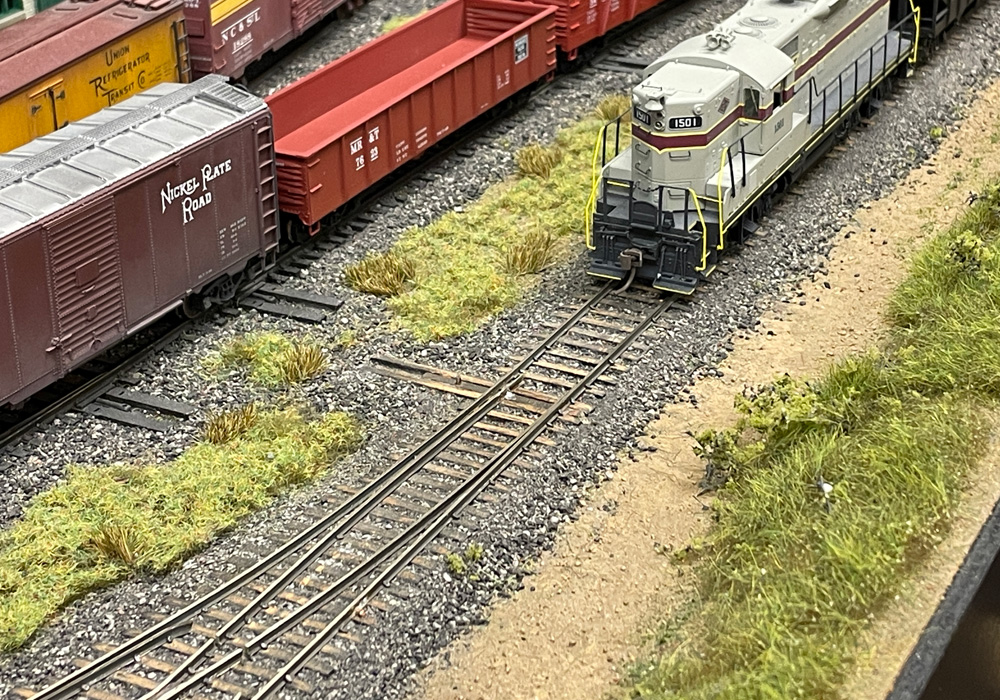
When you’re building a layout, there are four kinds of track for model railroads you can choose from. Those four are sectional track, sectional track with attached roadbed, flextrack, and hand-laid track. Each has its advantages and drawbacks. Luckily, you can mix and match the different types on the same layout to take advantage of […]
Read More…
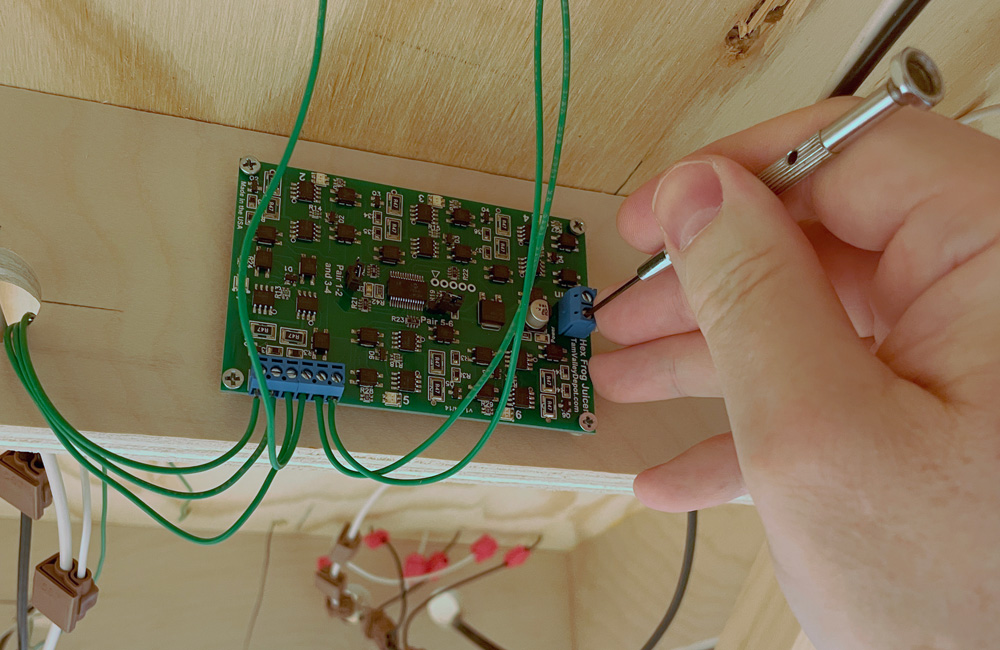
Q: I’m excited to lay track on my HO scale shelf layout. I have a few track laying questions. I’m using the Walthers turnouts with the little tab on the side for the frog power. I remember one of your videos where you talked about these turnouts and connecting the power to the frog. […]
Read More…
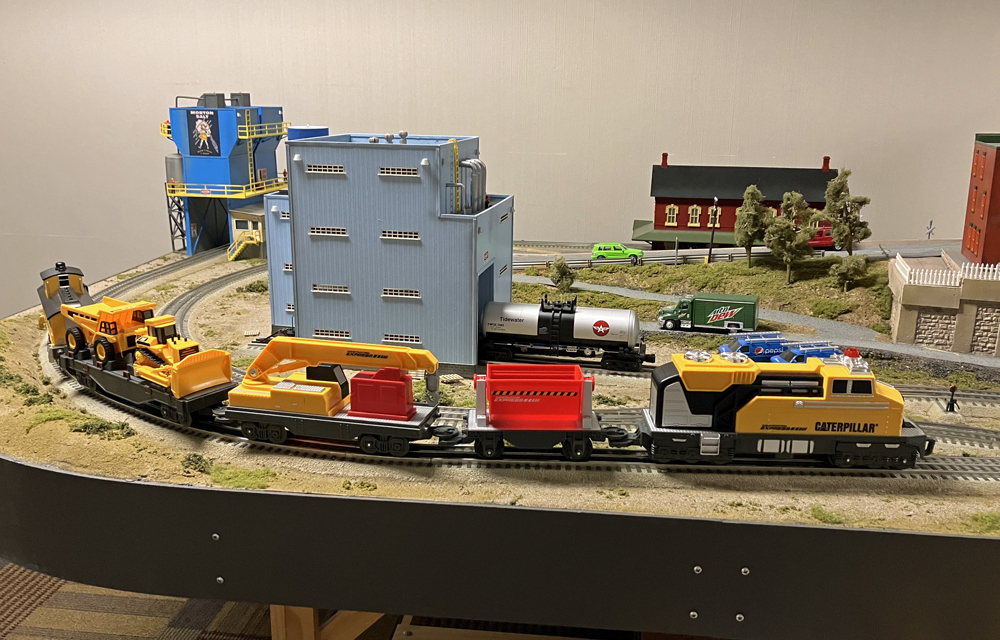
Battery-operated kids train runs on Lionel FasTrack: Want to share your love of toy trains or even your layout without fear of little ones harming your prized possessions? Look for near-O gauge trains that may be compatible with O-gauge track. My kids received this battery-powered Caterpillar Construction Express train set that their older cousins had […]
Read More…
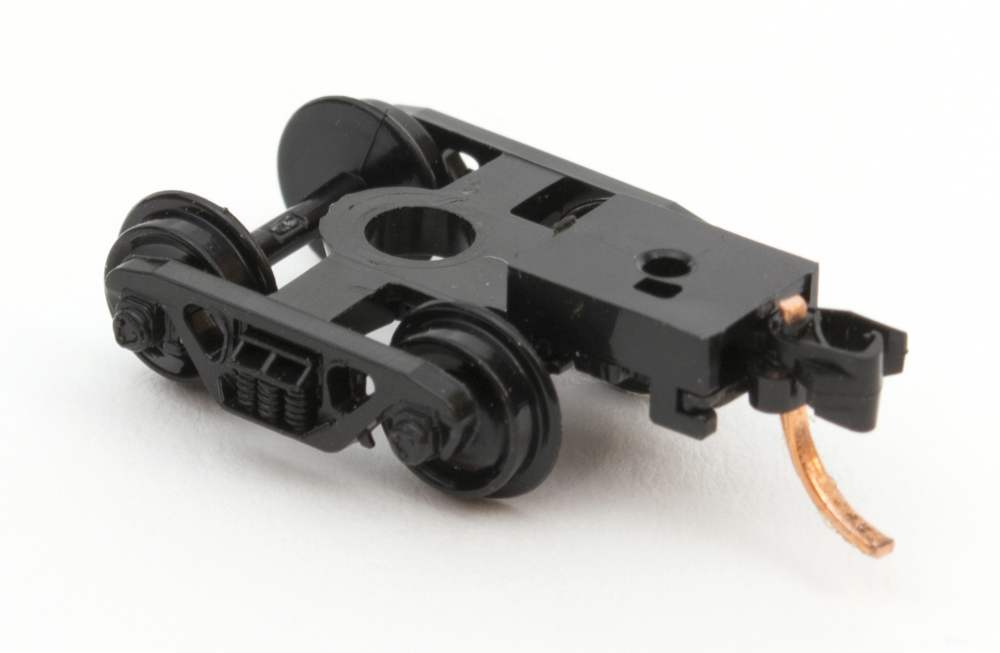
In the 60-plus years that N scale has been around, there has been a great deal of change in couplers. Rapido, an early manufacturer of N scale models (not to be confused with today’s Rapido Trains), let other companies use its coupler design. The wedge-front coupler, which was used on most N scale models (except […]
Read More…

Train sets – the gateway to model railroading: If you look at an author’s biography at the end of a layout story in Model Railroader, more often than not you’ll find that the layout owner got his or her start in the hobby with a train set. Sure, your first train set won’t look like […]
Read More…
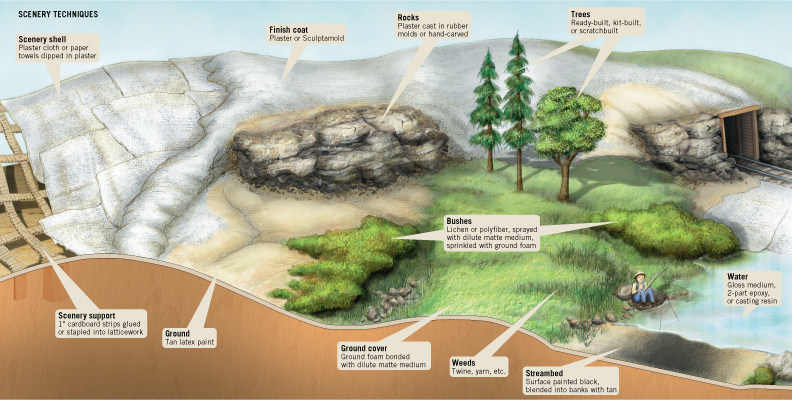
Scenery basics for model railroaders: There are a wide variety of easy to learn techniques that will make your model railroad scenery look realistic. Often folks look at photos of beautiful model railroads and assume right away that it’s just too hard, they could never do it. Well, that just isn’t so. Certainly model railroading […]
Read More…
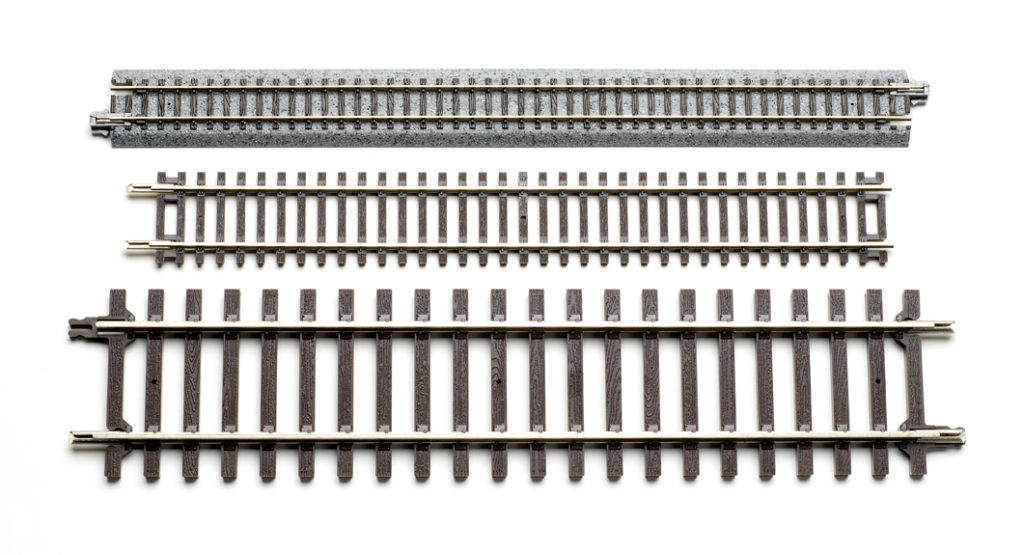
Model railroad track comes in many scales and varieties. At top is a section of Kato N scale Unitrack, an all-in-one type. Next is a piece of Atlas HO sectional track, and at the bottom is a piece of O scale track from Atlas O. The basics of model railroad track: Many hobbyists get […]
Read More…
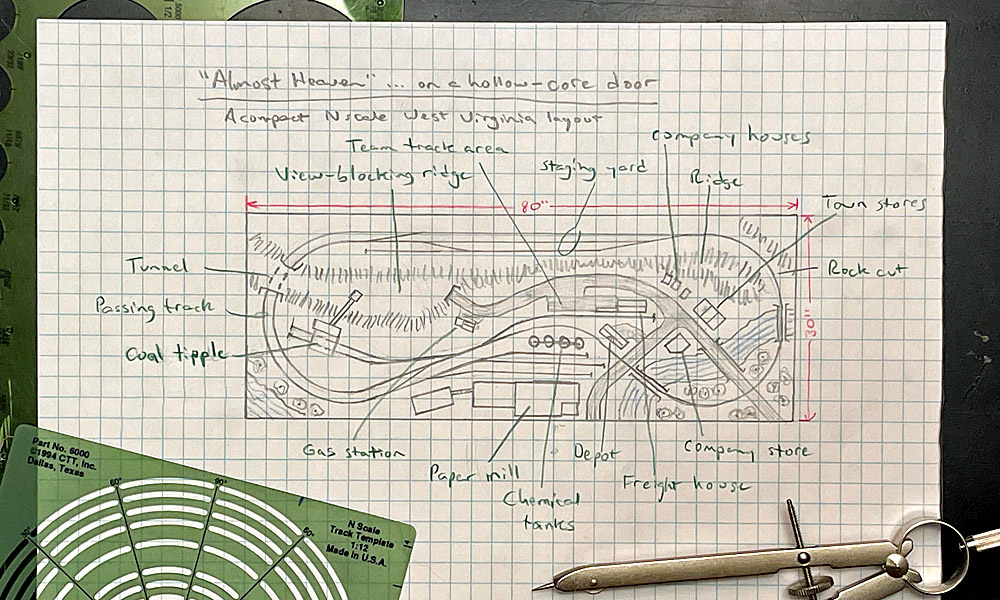
An N scale layout on a door is to that scale what a 4 x 8-foot table is to HO: a popular and convenient platform on which to build a compact layout. And for good reason. A hollow-core door is a lightweight, rigid surface, easy to handle and build on, and not too expensive. It’s […]
Read More…
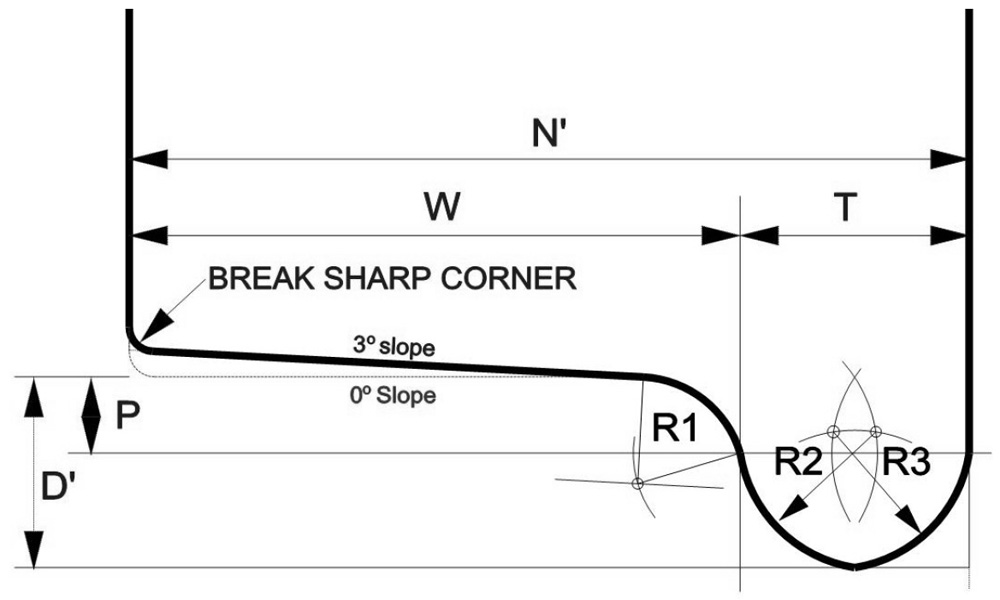
Q: I want to replace some wheelsets on my 1:32 passenger cars but don’t know where to measure the model railroad car wheels’ diameter. I’d like to keep the wheel sizes the same with the new as the old so I don’t need to deal with altering the height of my couplers. Is the wheel […]
Read More…












